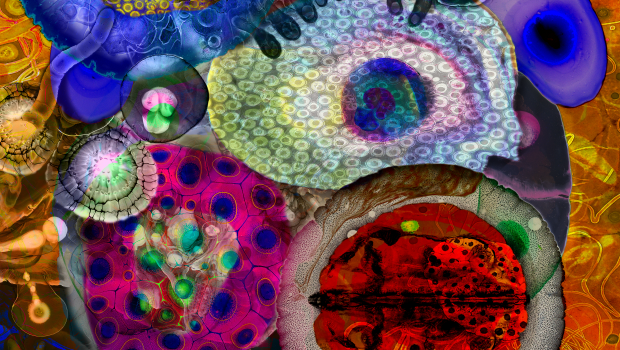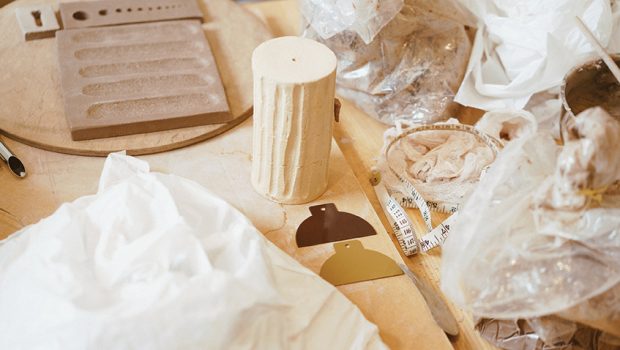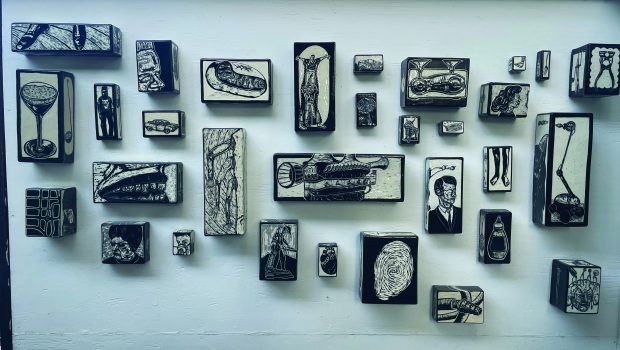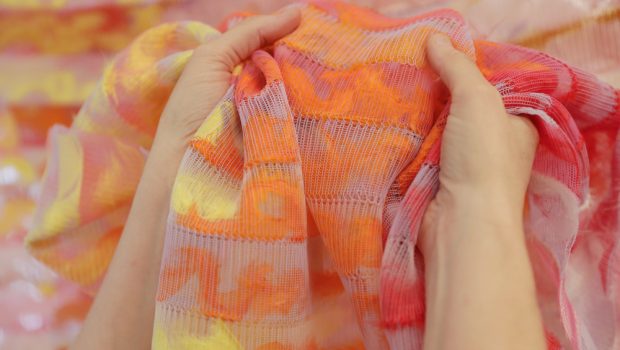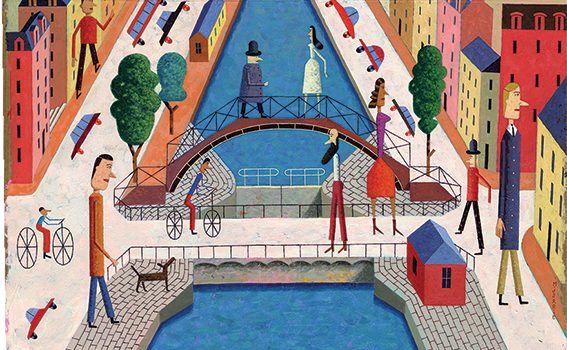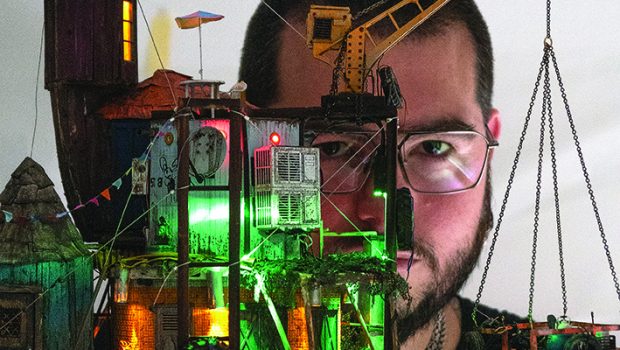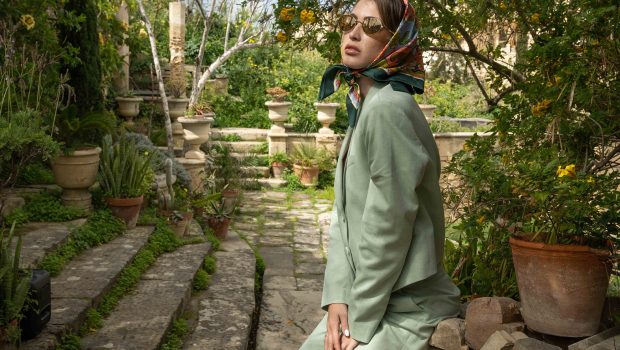Actions + reactions
Klari Reis uses the creative process in both painting and science as metaphors for one another: for curiosity and exploring and documenting the natural and unnatural world with a sense of wonder and hope
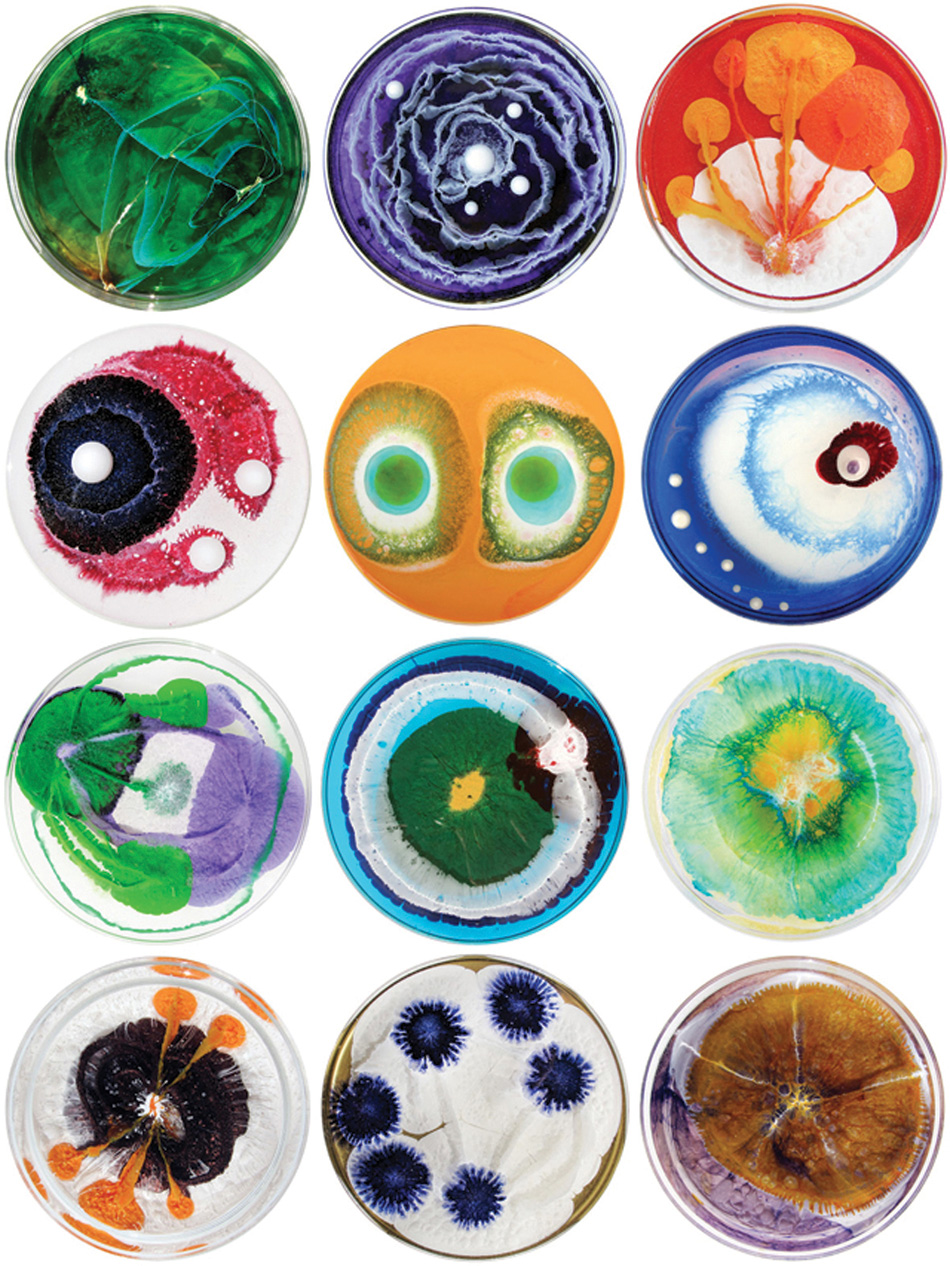
Klari Reis uses the tools and techniques of science in her creative process, constantly experimenting with new ways to apply materials and methods. She is driven by curiosity and her desire to explore and document the natural and unnatural with a sense of wonder and joy. The artist currently works in San Francisco, close to one of the largest concentrations of life science companies in the world. Klari takes advantage of this proximity to collaborate with local biomedical companies and thus receive inspiration from the cutting edge of biological techniques and discoveries; this context grounds her artwork and lets her authoritatively explore the increasingly fuzzy line between the technological and the natural.
The unifying theme of Klari’s art is her mastery of a new media plastic, epoxy polymer, and the fine control she brings to its reactions with a constantly-expanding variety of dyes and pigments. The UV-resistant plastic, similar to resin, supplies a common framework for the methods and language that she uses to explore and express interactions of material and colour on a microscopiclevel.
Compositions display brightly coloured smears, bumps and blobs atop aluminium and wood panels. She pigments the plastic with powders, oils, acrylics and industrial dyes, built up through many layers of the ultra-glossy plastic. The shapes and colours bleed, blur, shift, and spread becoming remarkable through their eccentric detail. A skilled technician with a studio for a laboratory, Klari has turned these processes of her own invention into science in the service of her art.
Klari continues to develop her process and explore her unique synthesis of biology and creativity via her installation works, Hypochondria. The projects consist of hand-painted petri dishes mounted on the wall at varying distances in groupings of 150, 60, or 30 pieces.

